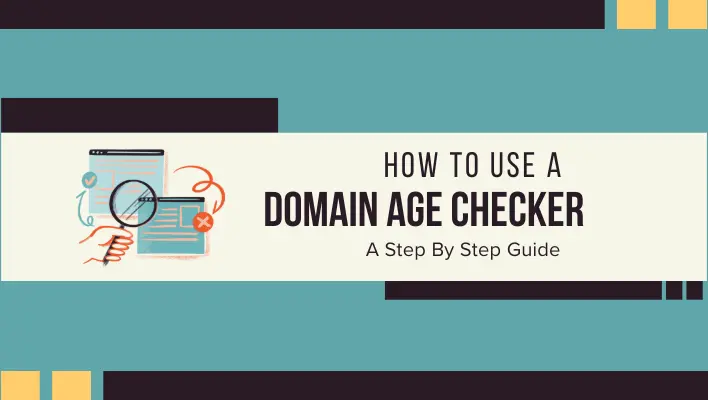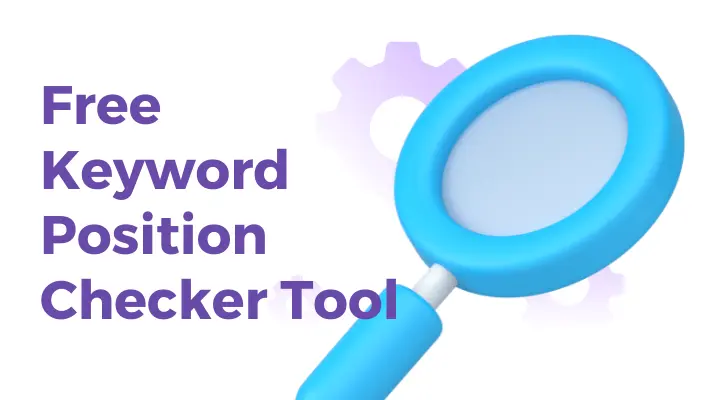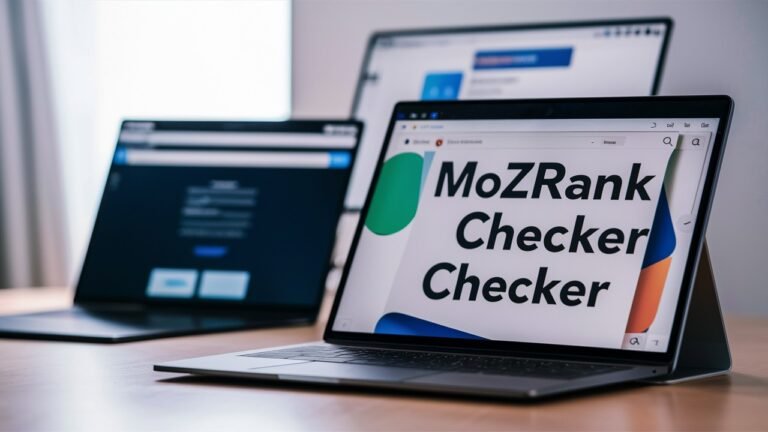HOW TO USE A DOMAIN AGE CHECKER: A STEP-BY-STEP GUIDE
In the dynamic world of the internet, the age of a domain can speak volumes about its credibility and reliability. Whether you’re an aspiring entrepreneur looking to establish an online presence or a seasoned marketer evaluating competitors, understanding the age of a domain is crucial. Fortunately, domain age checker tools provide valuable insights into this aspect. This article will delve into the significance of domain age and provide a comprehensive guide on how to effectively use a domain age checker.
Contents
Understanding Domain Age
Before diving into the process of using a domain age checker, it’s essential to grasp the concept of domain age itself. Domain age refers to the length of time during which a domain has been registered and active. Older domains often carry more authority and trustworthiness in the eyes of search engines and users alike. They have had more time to accumulate backlinks, establish content, and build a reputation, making them valuable assets in the online landscape.
The Importance of Domain Age
- Credibility: Older domains are generally perceived as more trustworthy by users and search engines. A longer history suggests stability and reliability, which can enhance credibility and user confidence.
- Search Engine Ranking: Search engines like Google consider domain age as one of the factors when determining the relevance and authority of a website. While newer domains can still rank well with quality content and SEO efforts, older domains may have an advantage due to their established presence.
- Backlink Profile: Domain age often correlates with the strength of a website’s backlink profile. Older domains tend to have accumulated more inbound links over time, which can contribute to higher search engine rankings and domain authority.
Using a Domain Age Checker: Step-by-Step Guide

- Choose a Reliable Domain Age Checker: Start by selecting a reputable domain age checker tool. There are several options available online, ranging from free tools to premium services. Look for a tool that provides accurate and comprehensive domain age information.
- Enter the Domain URL: Once you’ve chosen a domain age checker, navigate to the tool’s website and locate the search bar or input field. Enter the URL of the domain you wish to analyze into the provided space.
- Initiate the Search: After entering the domain URL, initiate the search or analysis process. Depending on the tool you’re using, this may involve clicking a “Check” or “Submit” button to proceed.
- Review the Results: Once the analysis is complete, the domain age checker will provide you with relevant information about the domain, including its age in years, months, and days. Additionally, you may receive insights into the domain’s registration history and expiration date.
- Interpret the Data: Take time to interpret the data provided by the domain age checker. Consider not only the numerical age of the domain but also its implications in terms of credibility, authority, and search engine optimization.
- Compare with Competitors: To gain further perspective, consider comparing the domain age of the analyzed website with that of its competitors. This can help you assess the relative maturity and standing of various players in your niche or industry.
- Utilize Additional Features: Some domain age checker tools offer additional features and insights beyond basic age information. Explore these features to gain a deeper understanding of the analyzed domains and their online presence.
Conclusion
In conclusion, domain age plays a significant role in determining the credibility, authority, and search engine ranking of a website. By leveraging domain age checker tools, individuals and businesses can gain valuable insights into the age and maturity of domains, enabling informed decision-making and competitive analysis. By following the step-by-step guide outlined in this article, you can effectively utilize domain age checker tools to assess website reliability and make strategic decisions in the ever-evolving digital landscape.



















